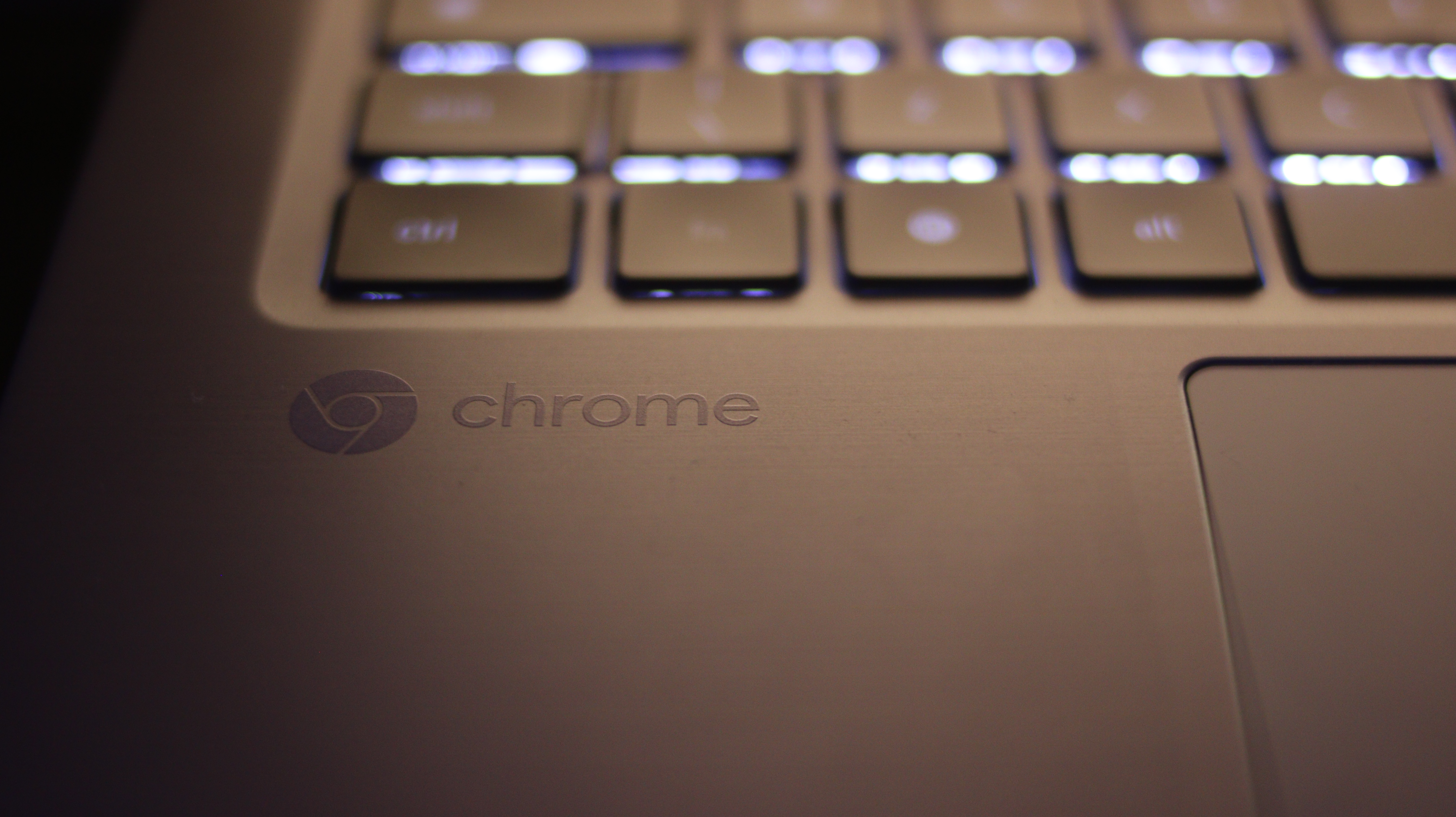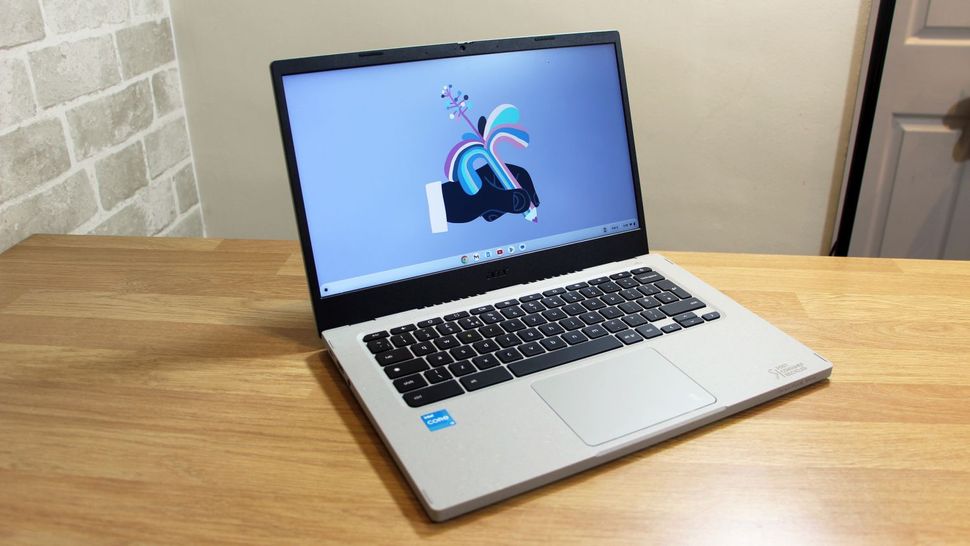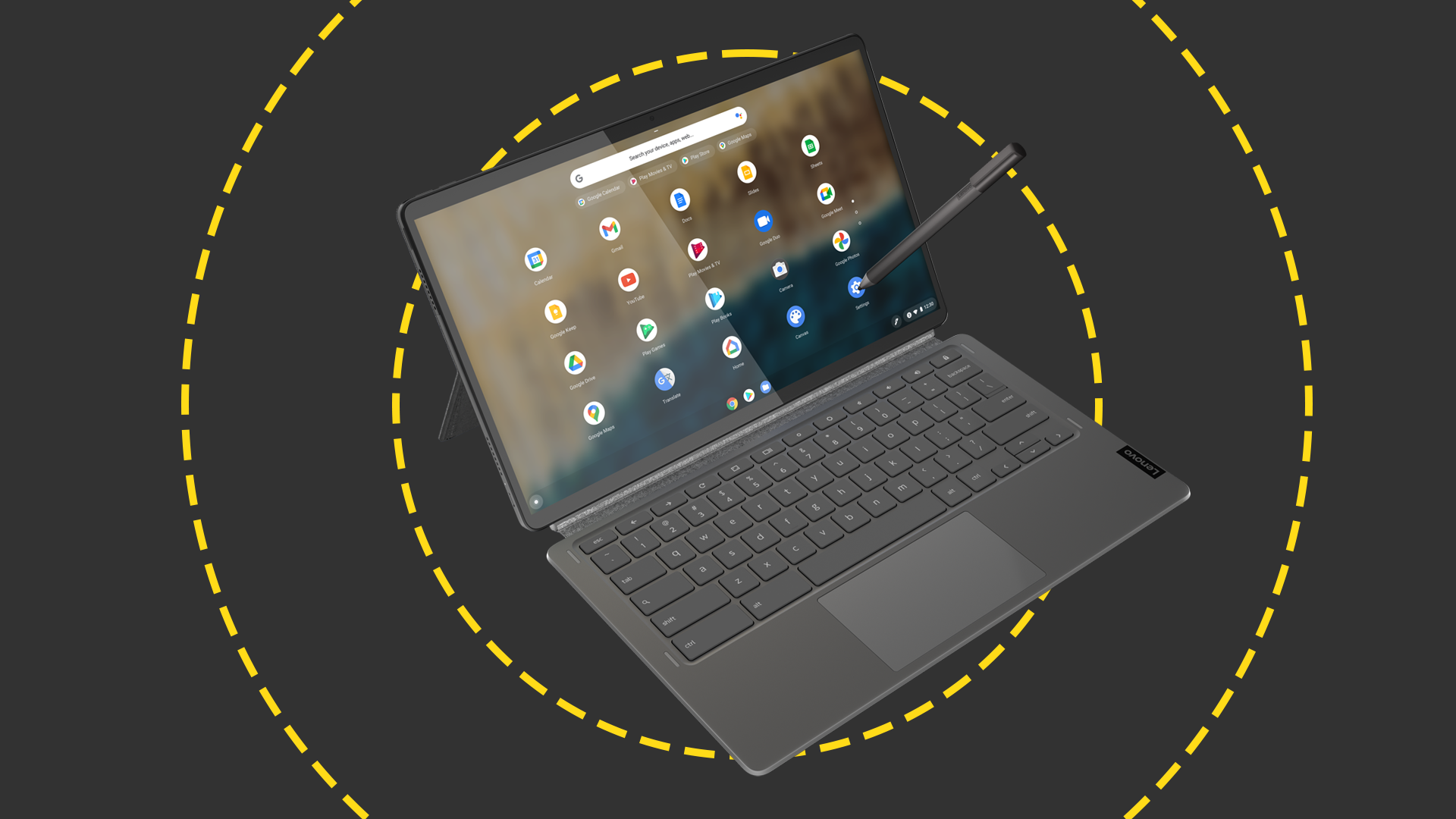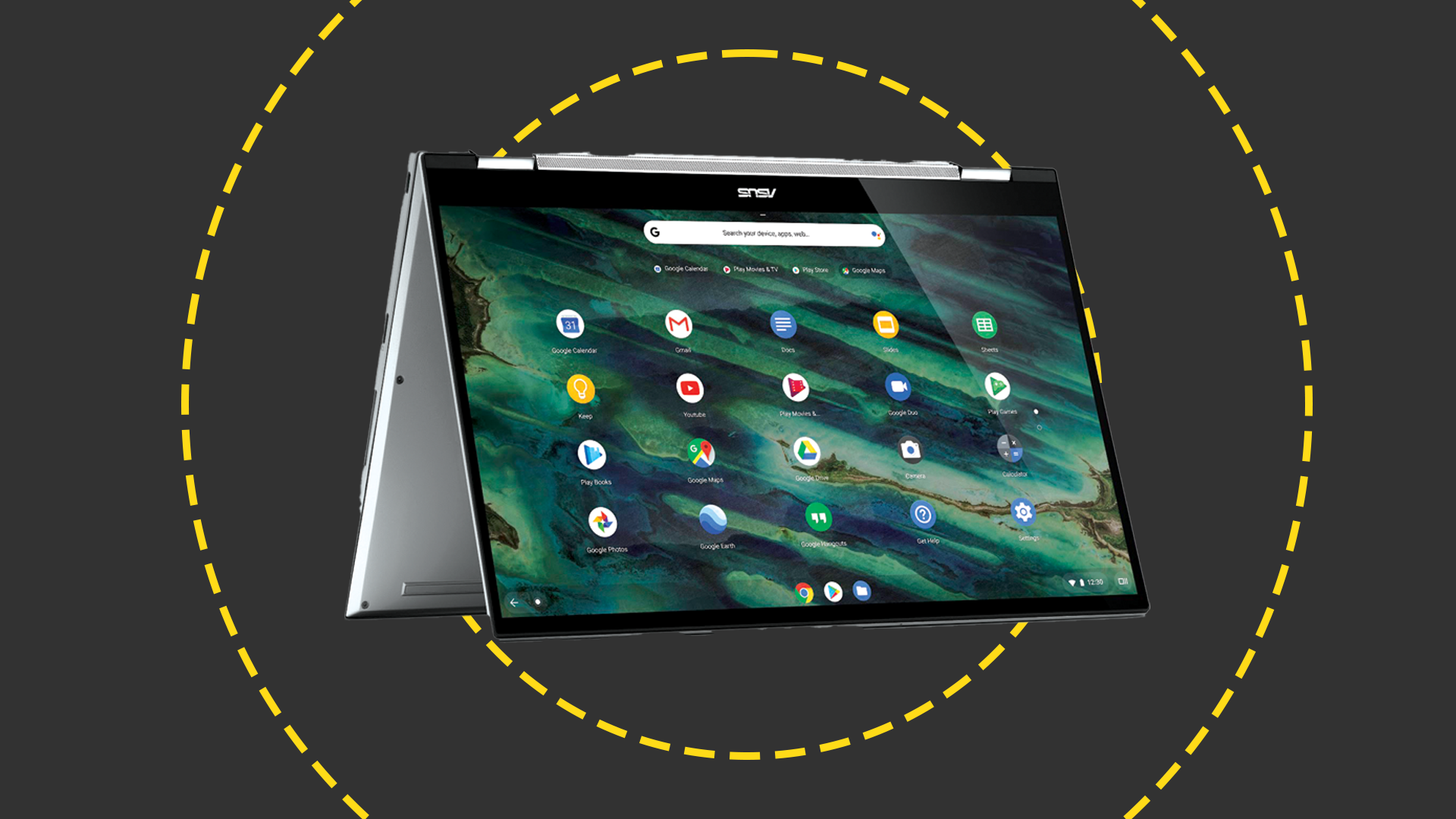How to buy a Chromebook for business
Google's Chromebooks have become viable tools for serious business. What should you look for if you're buying one for work?


While you might associate Chromebooks with schools and budget student laptops they're actually a solid choice for business, as Chrome OS and Google's ecosystem have made real inroads into the office over the last decade.
READ MORE
In a way, Chromebooks are perfect for the ways many enterprises work today; more and more of us are spending most of our working hours using cloud services and web-based apps, while Google Workspace has become a credible alternative to Microsoft's Office 365 ecosystem. Chromebooks can help the associated management infrastructure scale up well for everything from SMBs to multinationals, and you're not tied into Google Workspace. Chrome OS laptops will run Linux apps, containerized apps, or even Office 365's web-based apps without a problem.
Crucially, Chromebooks are still very affordable, with mid-range business-grade Chromebooks available from $500 to $700, and even high-end Chromebooks coming in at $900 to $1300. We've been using and testing Chromebooks and Chrome OS devices since 2015, including key models from Acer, Asus, HP, Samsung, and Lenovo, not to mention Google's own Pixel and Pixelbook laptops. In this guide, we'll look at what you should look for in a business-ready Chromebook and recommend some of the best Chromebooks available today.
How to choose a Chromebook for business
Long gone are the days when all Chromebooks were cheap and chunky silver plastic clones of more expensive laptops. They now come in a wide range of form factors, from 10in tablets with clip-on keyboards to luxury ultraportables and 17in desktop replacements. As with any laptop, there are always trade-offs between size, weight, and portability on the one hand, and ergonomics and performance on the other. If you or your team are working mostly from the home or office, go for a 14in to 16in Chromebook for comfortable all-day working. If you're on the road, take a look at smaller 13in to 14in laptops and convertibles.
It's not hard to find a Chromebook for business with 2-in-1 convertible designs and touchscreens, and many are now bundling in a stylus. However, while Google is working to make Chrome OS a more touch and tablet-friendly operating system, the user interface and most Web-based apps are still built around standard desktop ways of working. Consider these features a plus rather than a must-have.
Chromebook for business core specs and displays
Processing power isn't as crucial on a Chromebook as on a MacOS or Windows laptop. That's partly because the OS itself is extremely lightweight, and partly because the Web-based apps you'll spend most of your time working with do much of the heavy lifting at the server end. For this reason, you can get away with budget Pentium or Core i3 processors and just 4GB of RAM, or even ARM-based Mediatek Dimensity and Qualcomm Snapdragon CPUs. However, moving up to a Core i5, Core i7 or Ryzen 3 CPU will give you snappier performance when you're working between multiple apps, and give you more scope to run Android or Linux apps (more on this later). Having 8GB of RAM will also give you more headroom when you have a dozen or more browser tabs open in Chrome.

Some of the cheapest Chromebooks still feature low-resolution 1366 x 768 screens, but it's not hard to find full HD displays on budget and mid-range models, or QHD screens on the more premium, business-grade options. Just be aware that some screens on budget Chromebooks suffer from low brightness levels and poor color performance; spending more will usually get you more vibrant and accurate colors and an overall brighter display.
Sign up today and you will receive a free copy of our Future Focus 2025 report - the leading guidance on AI, cybersecurity and other IT challenges as per 700+ senior executives
Chromebook for business connectivity and battery life
Don't forget the practicalities. Most Chromebooks have now standardized on USB-C for connectivity and charging, and Thunderbolt 4 support is becoming more common. You can expect Wi-Fi 6 on all bar the cheapest Chromebooks, along with Bluetooth 5.0 and upwards. Budget Chromebooks still have a nasty tendency to use slow, cheap MMC storage, but 128GB to 512GB SSDs are now standard on mid-range and premium options. With most files and documents stored online rather than locally, you don't need as much storage space as on a Windows laptop.
As a rule, Chromebooks tend to excel when it comes to battery life, thanks to the focus on energy-efficient processors and the lightweight nature of the OS itself. With the screen brightness turned down from maximum you should expect ten to twelve hours from most Intel and AMD-powered Chromebooks, and often significantly more from their ARM-based brethren.
Chromebook for business software and services
Needless to say, Chromebooks are a natural fit for businesses adopting Google Workspace. Single Chromebooks practically take care of themselves, updating quietly and quickly in the background, while Google provides simple but effective management tools for larger fleets. Google also takes care of security, meaning there's no reason to install dedicated anti-virus software or do anything beyond your existing network infrastructure.
However, you're not limited to Workspace. The Office 365 Web apps offer a bridge between Chrome OS and any existing Office setups in the business, while you're free to work and collaborate using the likes of Slack, Trello, and Monday, either through the browser or through Android apps. Improved Linux compatibility also opens up other options there, including LibreOffice, GIMP, and more, though there are a few hoops to jump through to get everything up and running. Chrome OS can also integrate with key cloud storage services, including Box and Dropbox, so you're not restricted to holding everything on Google Drive.
What is the best Chromebook for business?
Acer Chromebook Vero 514

Acer's Chromebook Vero 514 is partly sold on its eco credentials. The rugged plastic build is 30% post-consumer recycled plastics, while the smooth OceanGlass touchpad uses recycled ocean-bound plastics. Even the packaging is made from recycled pulp. Yet beyond that, this is a superb workhorse laptop for SMBs, with a great 1080p screen, an excellent keyboard and comfortable ergonomics. Steer clear of the Core i3 version, which uses a slightly dimmer display, and you can expect good performance from the Core i5 and Core i7 variants, using Intel's 12th generation CPUs. Battery life is impressive, often exceeding the stated 10 hours, and you also get some unexpected mod cons like Wi-Fi 6E connectivity and an HDMI 2.0 port. Higher-end Chromebooks feel a little more luxurious, but this is a lightweight, capable all-rounder that's both affordable and built to last.
Lenovo IdeaPad Duet 5 Chromebook

The IdeaPad Duet line has developed into the Chrome OS answer to Microsoft's Surface convertibles, giving you a tablet that converts into a laptop in seconds though a magnetic, click-on keyboard cover. The mechanism isn't quite as brilliant as Microsoft's; with no built-in kickstand, you're reliant on a magnetic back cover that folds outwards to support the tablet. Yet it's simple, effective and reliable, even if it doesn't make for the most comfortable experience on your lap. Of the two current Duet models, the Duet 5 is our pick for business use, thanks to its larger OLED screen, which gives you beautiful rich colours and near-perfect contrast. The Snapdragon 7C gen 2 CPU doesn't have the horsepower of comparable Intel processors, but it's energy-efficient, giving you 12 to 15 hours of useful battery life. It's also more than fast enough for everyday collaboration and productivity tasks.
Acer Chromebook 516GE

Strictly speaking, this is one of Google's gaming Chromebooks, but it's also got a lot to offer anyone looking for a powerful, big-screen laptop. That screen has a 16in diagonal with a squarer 16:10 aspect ratio and a 2560 x 1600 QHD+ resolution, and it's a beauty, with vibrant colours and plenty of space for running multiple apps. Meanwhile, the 516GE comes in a choice of Core i5 and Core i7 flavours, both using the more powerful 12th generation P-series processors. As a result, it flies when running just about anything, including Android and Linux apps, and with a large and responsive keyboard and trackpad, it's ideal for getting serious work done. As a business user you'll have less use for the 144Hz screen and RGB backlighting, but maybe your office could do with a little extra bling? What's more with Wi-Fi 6E and 2.5GbE Ethernet LAN connectivity, it's more future-proof than other Chromebooks too.
Asus Chromebook Flip CX3401

The Chromebook Flip CX3401 hits a sweet spot between portability and ergonomics. With a 1.8Kg weight and convertible form factor it's a versatile Chromebook for both mobile and office use, but the 14in 1920 x 1200 screen and spacious keyboard give you a comfortable working experience. The display is arguably the highlight, with good colours and contrast and a 16:10 aspect ratio that's perfect for Google Workspace. Yet the Core i3 and 8GB of RAM gives you enough performance for heavyweight business use. Battery life isn't exceptional, maxing out at around 10 hours, but it should get you through a working day without a recharge. Plus, on top of the comfortable keyboard and lag-free touchpad, Asus bundles in a stylus to make use of Chrome OS's handwriting recognition and sketching capabilities. For the money, the Flip CX3401 is an absolute steal.
How we test
The laptop on this list will have been put through a series of performance tests and the results of those are then used to measure comparable performance for the display, the CPU, and the battery. To test the display, IT Pro uses a calibrator and the Display Cal software to measure both brightness and sRGB color coverage. For the latter, we look for a strong representation of the sRGB color spectrum, with a score above 94% generally seen as good.
To measure CPU performance on Chrome OS we run GeekBench performance tests – this is the case with all Qualcomm-based laptops.
When it comes to battery life we put each laptop through a looped video test. This is done with a video file that repeats until the battery runs out. The machine itself is set to flight mode, so it can't be interrupted, and the display brightness is fixed at 170cd/m2. Generally, a laptop that lasts around 10hrs is seen as good, though high-priced laptops are expected to offer over 12hrs.
Stuart has been writing about technology for over 25 years, focusing on PC hardware, enterprise technology, education tech, cloud services and video games. Along the way he’s worked extensively with Windows, MacOS, Linux, Android and Chrome OS devices, and tested everything from laptops to laser printers, graphics cards to gaming headsets.
He’s then written about all this stuff – and more – for outlets, including PC Pro, IT Pro, Expert Reviews and The Sunday Times. He’s also written and edited books on Windows, video games and Scratch programming for younger coders. When he’s not fiddling with tech or playing games, you’ll find him working in the garden, walking, reading or watching films.
You can follow Stuart on Twitter at @SATAndrews.

